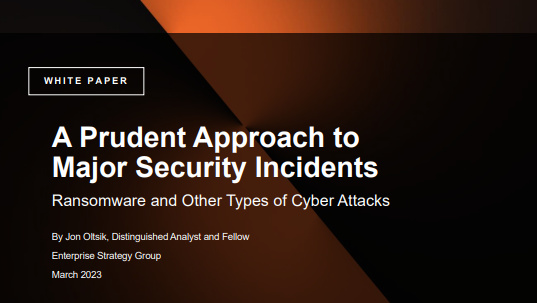Camden Council creates database full of residents’ data
Authority works with IBM to use insights to improve debt collection and tackle fraud

Camden Council has built a database of people's details to tackle fraud and illegal activity in the borough.
The local authority's Residents Index is based on IBM's Big Data Analytics product, and draws on the personal data of people living in Camden to improve debt collection, clamp down on illegal subletting and reduce school admissions fraud.
Underpinning the database and the Big Data Analytics tool is IBM's InfoSphere platform, which enables data integration, data warehousing, master data management, Big Data and information governance.
Coupled with the database, IBM's tools give the council a full view of its most business critical data, including electoral information, housing data and council tax details.
Staff in each department can only see the data relevant to them thanks to a complex permissions system, while a data governance framework ensures the data is kept across 16 key systems around London.
But the database, built in three months with IBM Business Partners, can cross-reference the one million details stored inside it to gain insight into issues the council has previously found hard to decipher.
For instance, the local authority has withdrawn five school places from fraudulent applicants who pretended to live in the borough in order to get their children into Camden's schools.
Get the ITPro daily newsletter
Sign up today and you will receive a free copy of our Future Focus 2025 report - the leading guidance on AI, cybersecurity and other IT challenges as per 700+ senior executives
"With the Residents Index in place, council staff can carry out detailed checks and identify previously hidden discrepancies in the information supplied to the council to prove residency," said councillor Theo Blackwell.
"This is just one example and we have other plans to use the benefits of data technology to improve public services and balance the books."
Camden Council also used the Index to fast track the electoral registration of more than 80 per cent of people living in the borough, and identified new residents who could vote.
Meanwhile, it believes holding records on its citizens is improving care, by equipping child protection agencies with the necessary data to paint a full picture of a child's situation.
The council said it is investing now in order to save in the future, as it can re-use each citizen's data multiple times in various ways.
-
 Asus ZenScreen Fold OLED MQ17QH review
Asus ZenScreen Fold OLED MQ17QH reviewReviews A stunning foldable 17.3in OLED display – but it's too expensive to be anything more than a thrilling tech demo
By Sasha Muller
-
 How the UK MoJ achieved secure networks for prisons and offices with Palo Alto Networks
How the UK MoJ achieved secure networks for prisons and offices with Palo Alto NetworksCase study Adopting zero trust is a necessity when your own users are trying to launch cyber attacks
By Rory Bathgate
-
 A prudent approach to major security incidents
A prudent approach to major security incidentsWhitepaper Establish an effective strategy across four phases
By ITPro
-
 Cybercriminals are resilient. How about you?
Cybercriminals are resilient. How about you?Whitepaper Stay ahead of those agile bad actors
By ITPro
-
 SpaceX bug bounty offers up to $25,000 per Starlink exploit
SpaceX bug bounty offers up to $25,000 per Starlink exploitNews The spacecraft manufacturer has offered white hats immunity to exploit a wide range of Starlink systems, with a dedicated report page
By Rory Bathgate
-
 HPE GreenLake takes aim at data protection and analytics
HPE GreenLake takes aim at data protection and analyticsNews HPE also debuted the Edge-to-Cloud Adoption Framework that is available to customers starting today
By Sabina Weston
-
 What is subnetting?
What is subnetting?In-depth Knowing what subnetting is and when to use it can boost network efficiency
By Rene Millman
-
 Judge says LinkedIn cannot block third-parties from accessing profile data
Judge says LinkedIn cannot block third-parties from accessing profile dataNews The ruling may have implications for social media users wishing to control how their data is collected
By Dale Walker
-
 Privacy concerns curtail consumers' appetite for AI
Privacy concerns curtail consumers' appetite for AINews Study finds that AI's potential clashes with people's desire for privacy
By Joe Curtis
-
 Durham police look to AI for custody judgements
Durham police look to AI for custody judgementsNews An AI could soon help Durham police to decide whether or not to keep suspects behind bars
By Thomas McMullan